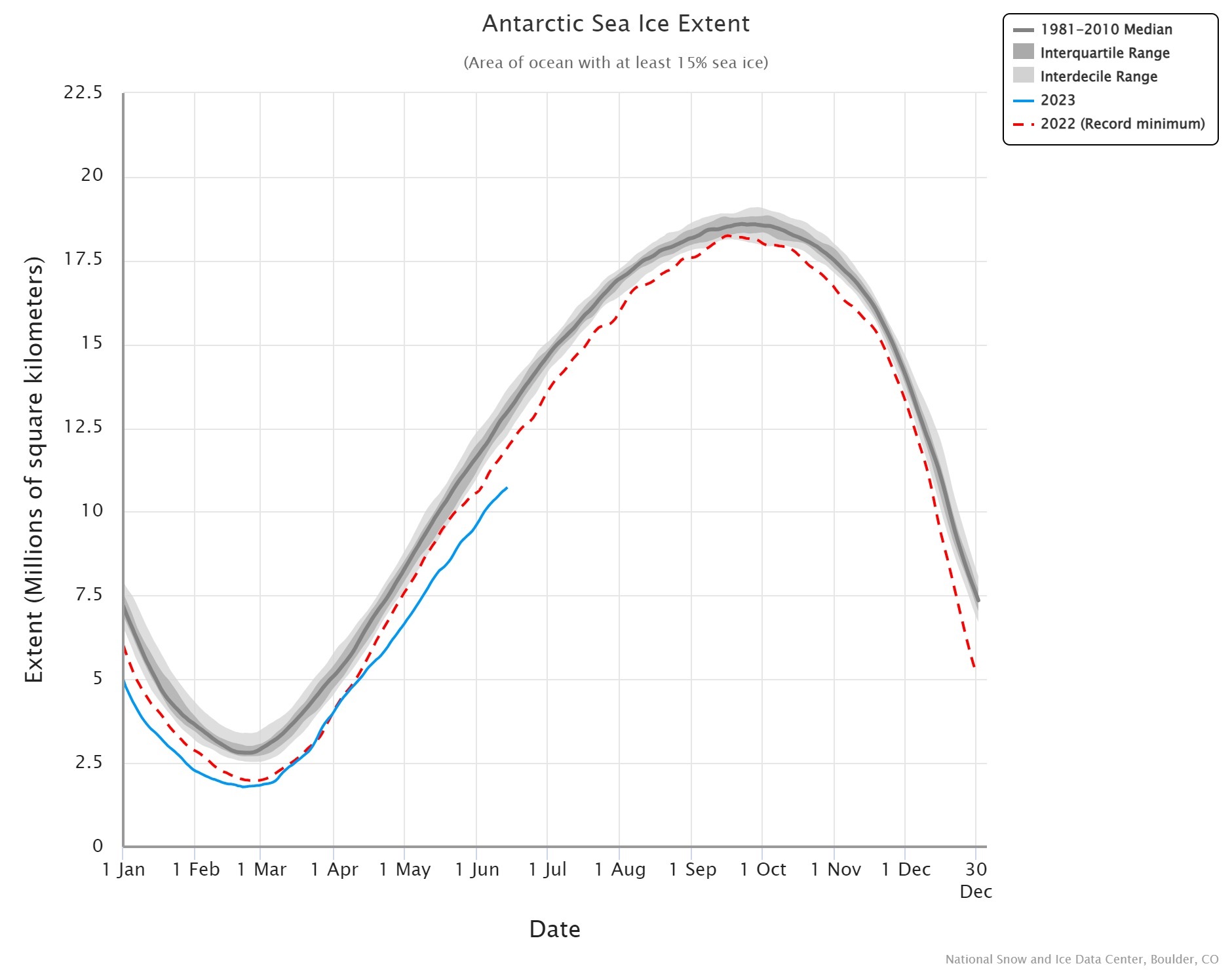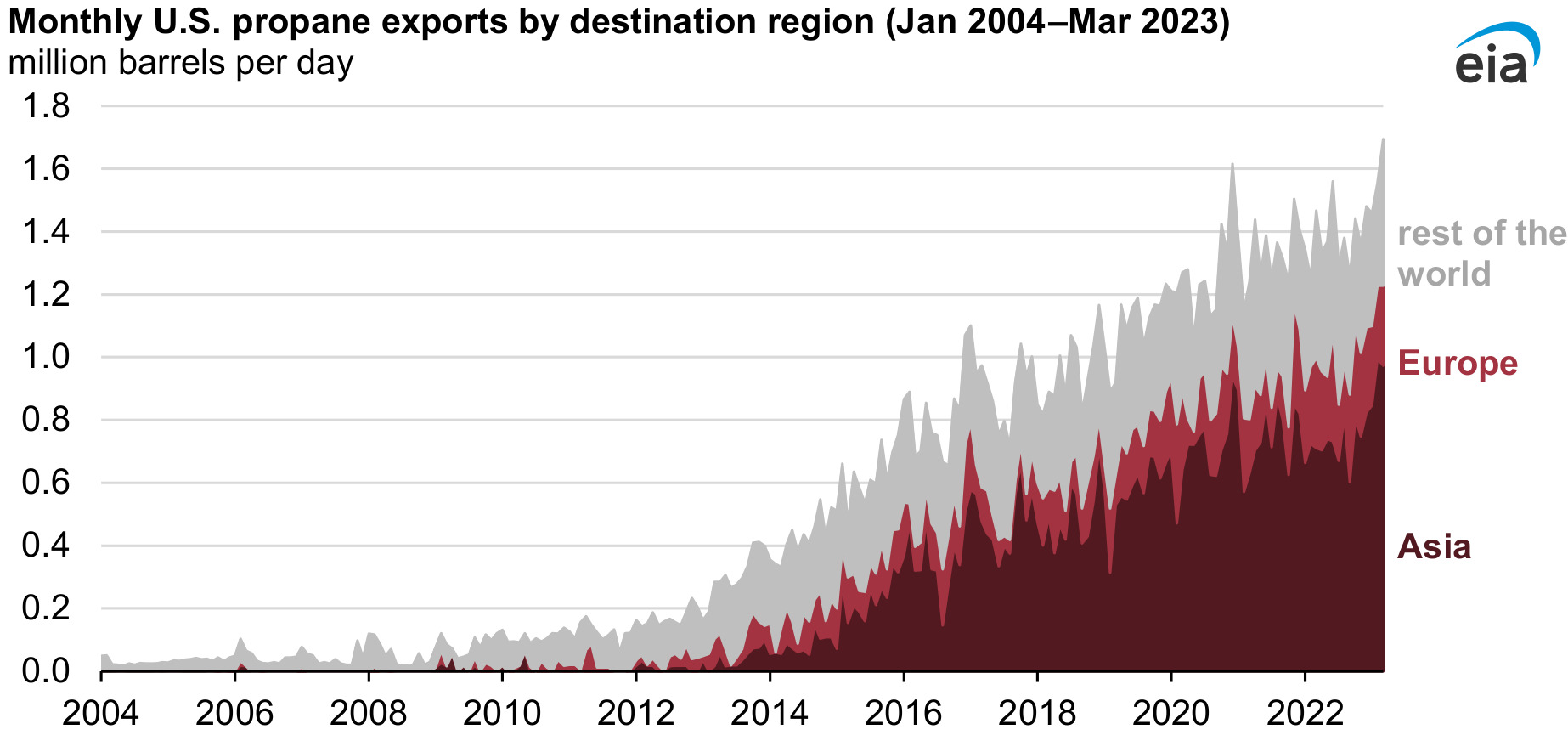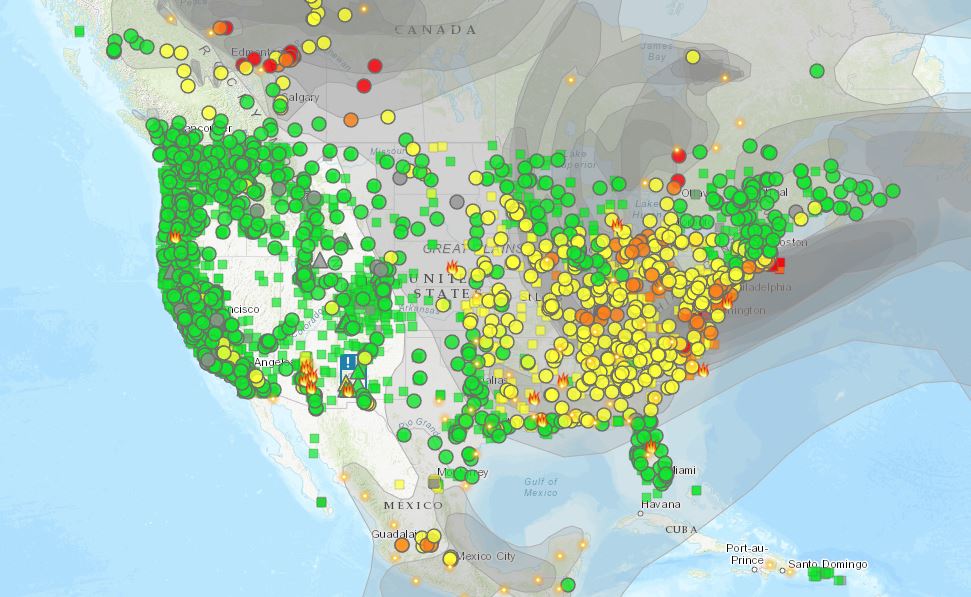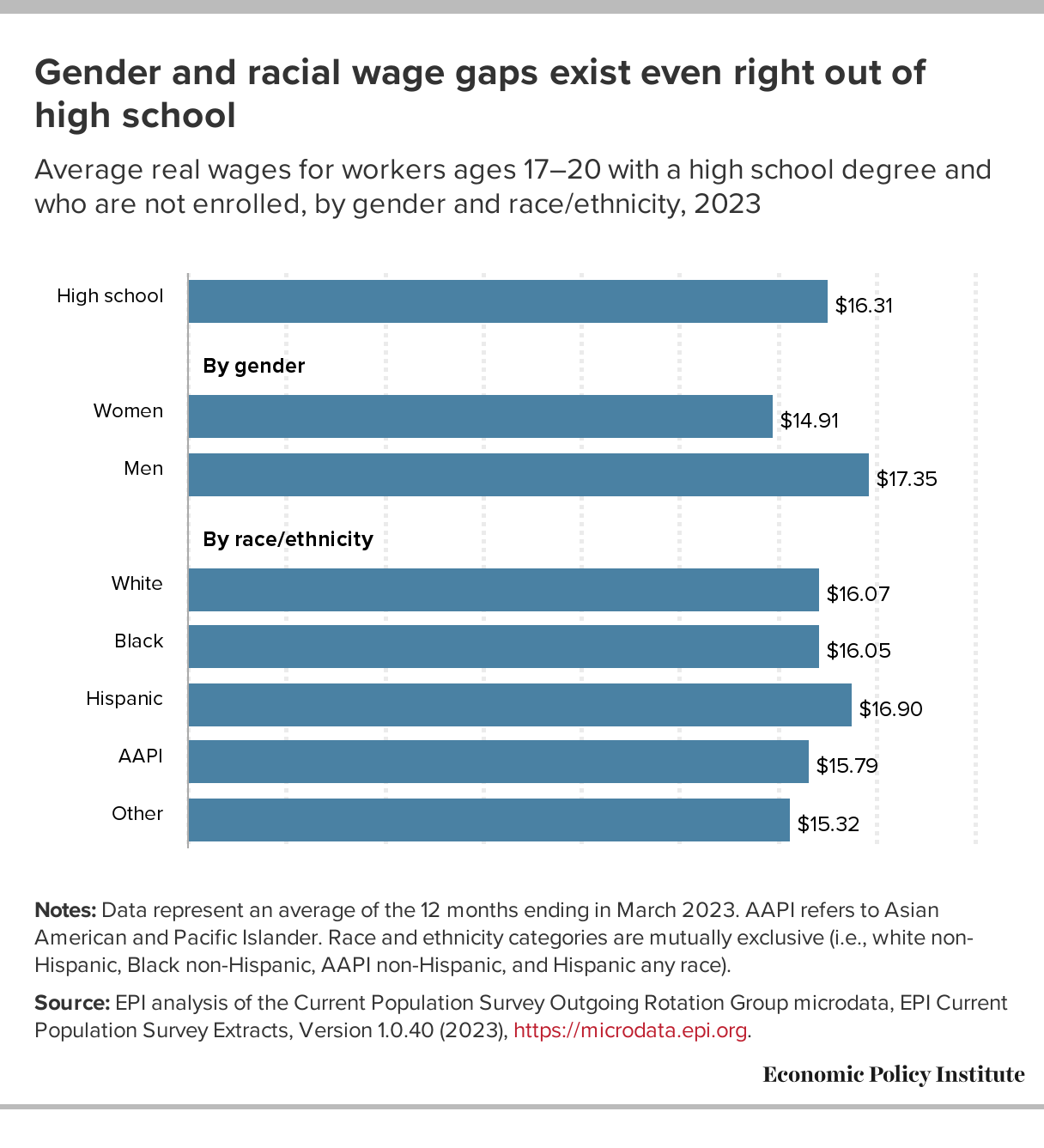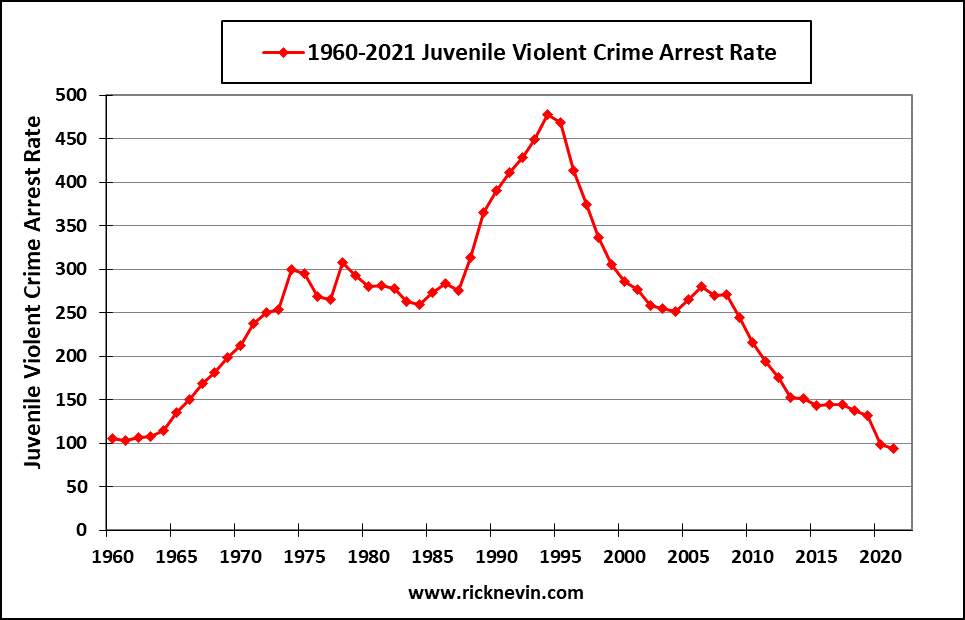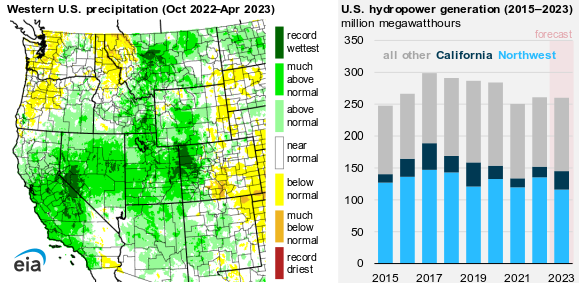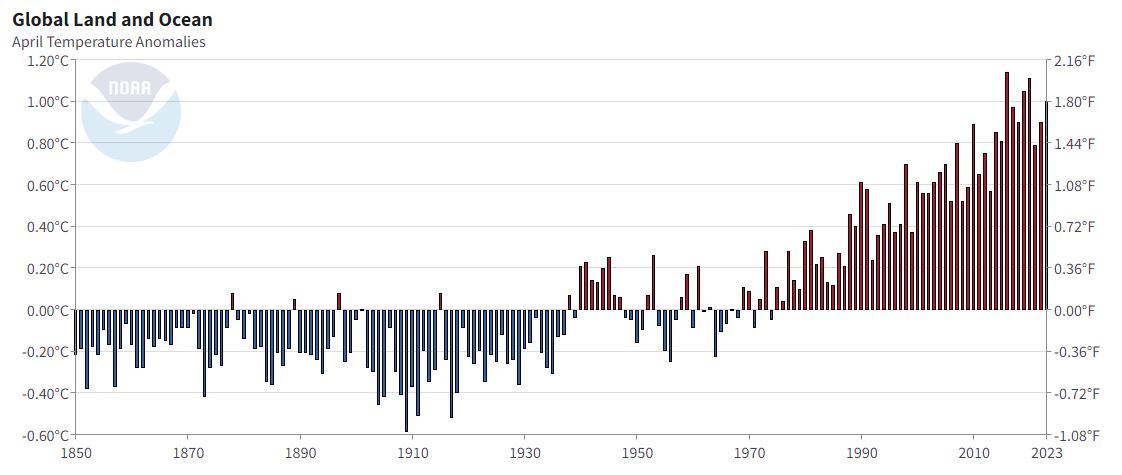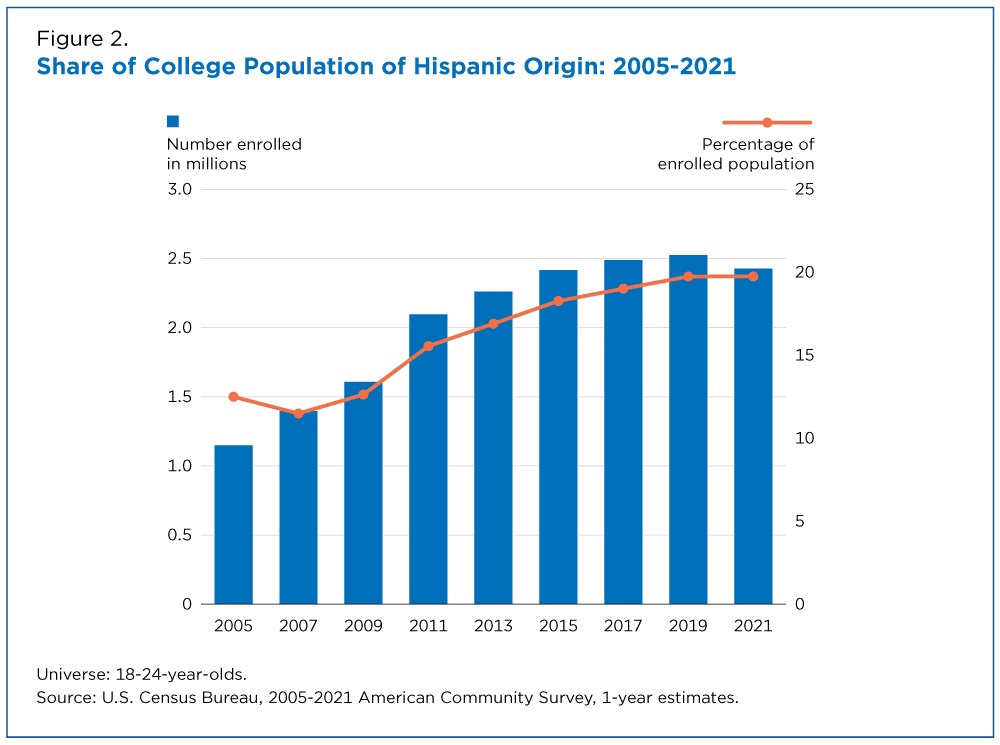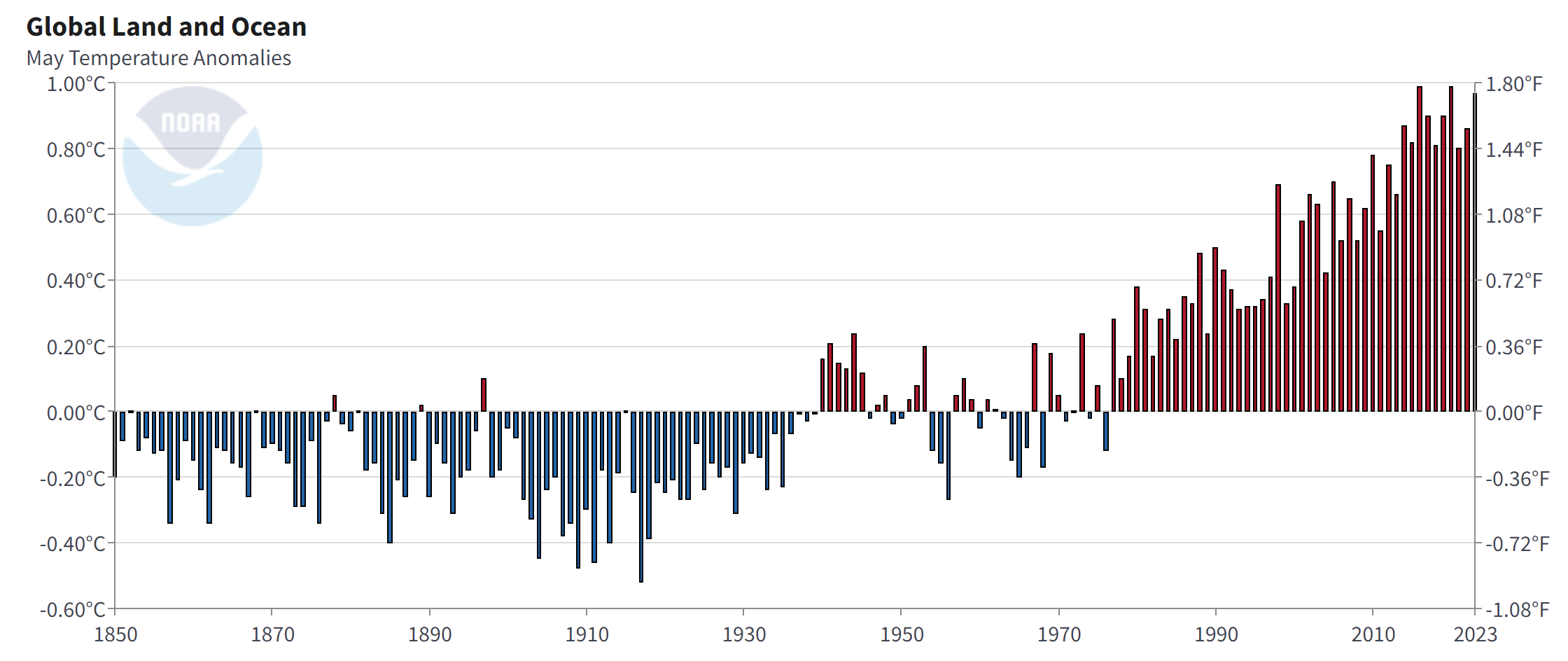 From the NOAA May 2023 Global Climate Report:
From the NOAA May 2023 Global Climate Report:
May 2023 was the third-warmest May for the globe in NOAA’s 174-year record. The May global surface temperature was 0.97°C (1.75°F) above the 20th-century average of 14.8°C (58.6°F). The past nine Mays have ranked among the 10 warmest on record. May 2023 marked the 47th consecutive May and the 531st consecutive month with global temperatures, at least nominally, above the 20th-century average.
Note that May wasn’t far off a record. This shouldn’t be a surprise because
Global ocean surface temperature hit a record high for May, which marks the second-consecutive month where ocean surface temperatures broke a record. On June 8, NOAA’s Climate Prediction Center announced an El Niño Advisory alert status; weak El Niño conditions emerged in May as above-average sea surface temperatures strengthened across the equatorial Pacific Ocean. El Niño conditions are now present and are expected to gradually strengthen into the Northern Hemisphere winter 2023–24.
El Niño periods are much warmer. See the Briefed by Data post The Three Trends of Climate Change. The time series data is at the top of the page.
